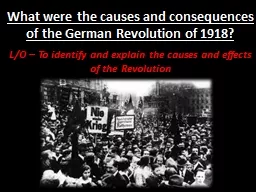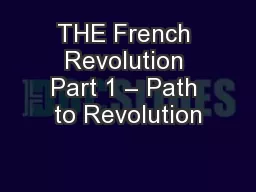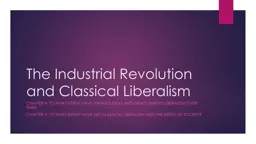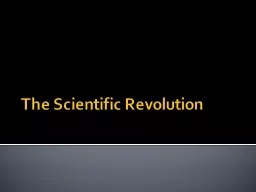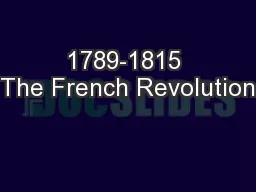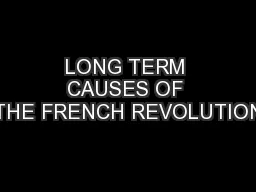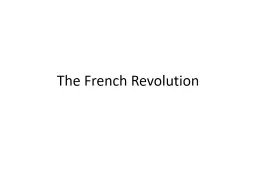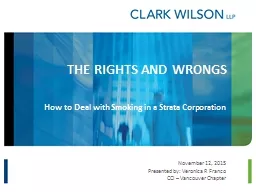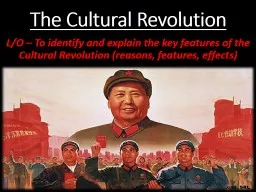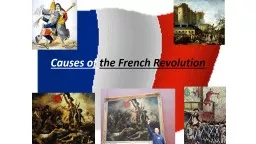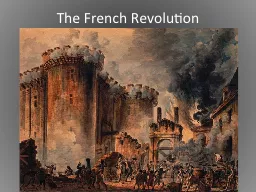PPT-Rights, Wrongs and Revolution
Author : danika-pritchard | Published Date : 2016-05-11
History 350 April 7 2015 Reminders and Announcements Navigating around History 350 Syllabus is the first item in Blackboard Documents Links to PowerPoints will be
Presentation Embed Code
Download Presentation
Download Presentation The PPT/PDF document "Rights, Wrongs and Revolution" is the property of its rightful owner. Permission is granted to download and print the materials on this website for personal, non-commercial use only, and to display it on your personal computer provided you do not modify the materials and that you retain all copyright notices contained in the materials. By downloading content from our website, you accept the terms of this agreement.
Rights, Wrongs and Revolution: Transcript
Download Rules Of Document
"Rights, Wrongs and Revolution"The content belongs to its owner. You may download and print it for personal use, without modification, and keep all copyright notices. By downloading, you agree to these terms.
Related Documents




